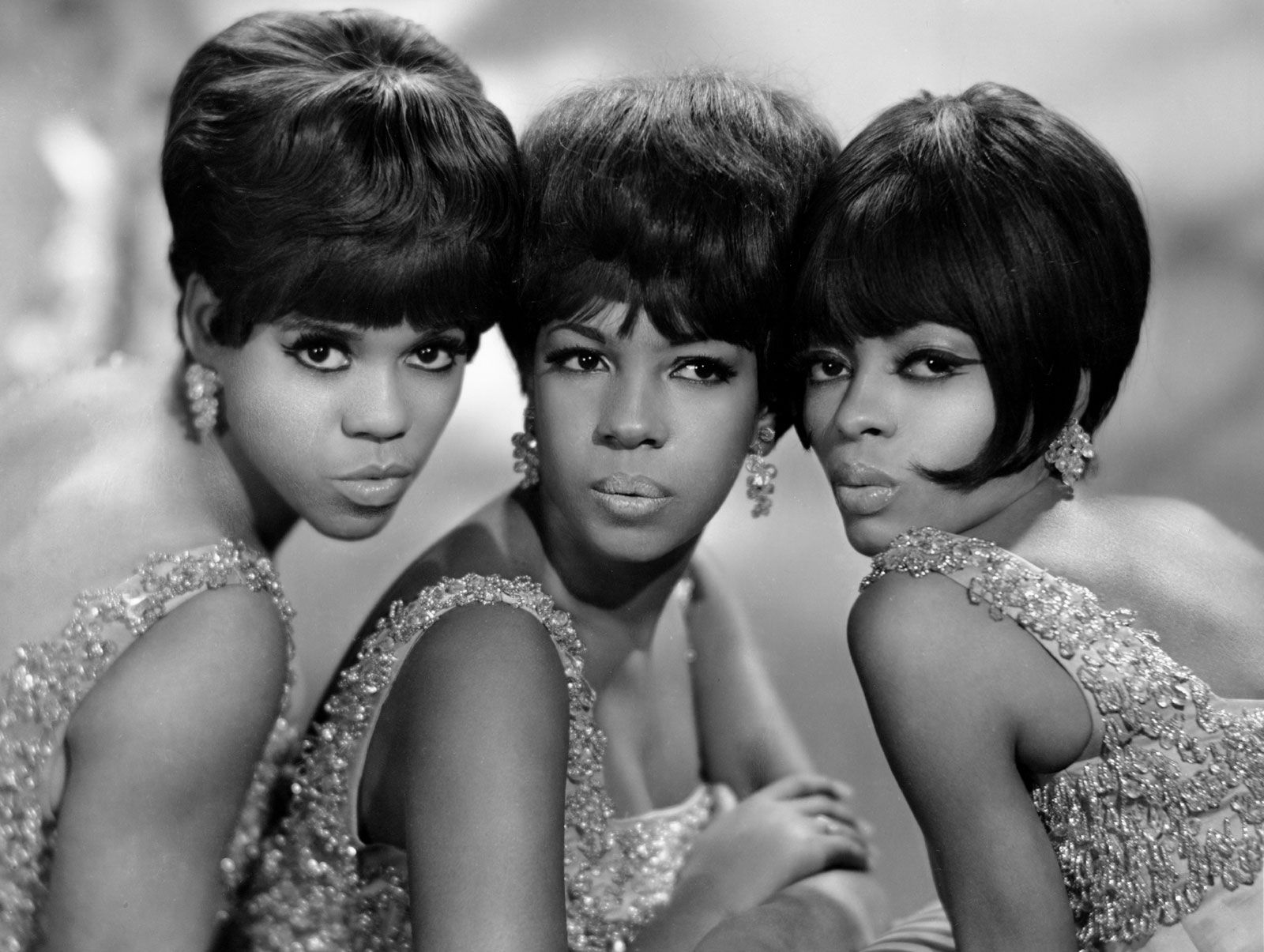
The Supremes Role in Breaking Racial Barriers in the 1960s
The 1960s marked a pivotal decade in American history, characterized by cultural shifts and civil rights movements that sought to dismantle systemic racism. At the forefront of this revolution was a groundbreaking musical group known as The Supremes. As one of Motown's most successful acts, The Supremes not only dominated the music charts but also played a significant role in breaking down racial barriers in American entertainment and society at large.
The Rise of The Supremes
The Supremes, composed of Diana Ross, Mary Wilson, and Florence Ballard, emerged from Detroit in the early 1960s. Their unique blend of soul, pop, and bouncy rhythms made them a sensation. Hits like "Stop! In the Name of Love" and "You Can’t Hurry Love" topped charts, providing mainstream appeal to a predominantly African American audience. The group’s success showcased the capabilities of Black artists in genres traditionally dominated by white performers, effectively reshaping the music industry. Their glamour and sophistication also offered a new narrative about African American women, countering negative stereotypes and inspiring countless individuals in the process.
Cultural Impact on Racial Barriers
Beyond the sphere of music, The Supremes played a transformative role in the broader social context of the 1960s. During a time when segregation was rampant and racial tensions simmered, The Supremes represented a melting pot of talent and style that appealed to diverse audiences. They transcended racial boundaries, appearing on popular television shows like "The Ed Sullivan Show" and "The Ed Sullivan Show," where they drew in viewers from all backgrounds. Their presence on such platforms helped to normalize the visibility of Black artists in the national consciousness, paving the way for future generations of musicians and entertainers to follow.
The Supremes Store: A Symbol of Empowerment
In the spirit of their groundbreaking achievements, The Supremes also leveraged their fame in creating "The Supremes Store." Located in Detroit, this store was more than just a retail space; it symbolized empowerment, representation, and community engagement. By offering merchandise that celebrated Black culture and music, The Supremes Store became a hub for fans and supporters, serving as a reminder of the progressive changes that were happening within society. The store also represented the intersection of commerce and activism, allowing the trio to give back to their community while fostering a sense of pride among African Americans in the midst of a tumultuous era.
Lasting Legacy
The Supremes' influence in the 1960s continues to echo through music and culture today. Their unique sound paved the way for diverse musical expressions and opened doors for artists of color across genres. Their story shows the power of art in challenging societal norms and advocating for equality. As pioneers in the music industry, The Supremes broke barriers not merely through their music but also by utilizing their platform to elevate discussions about race and representation. Over the decades, their legacy has inspired countless artists, reinforcing the message that talent knows no race, and that unity and diversity can not only coexist but thrive. The Supremes demonstrated the power of music as a catalyst for change, making them icons in the fight against racial barriers.
